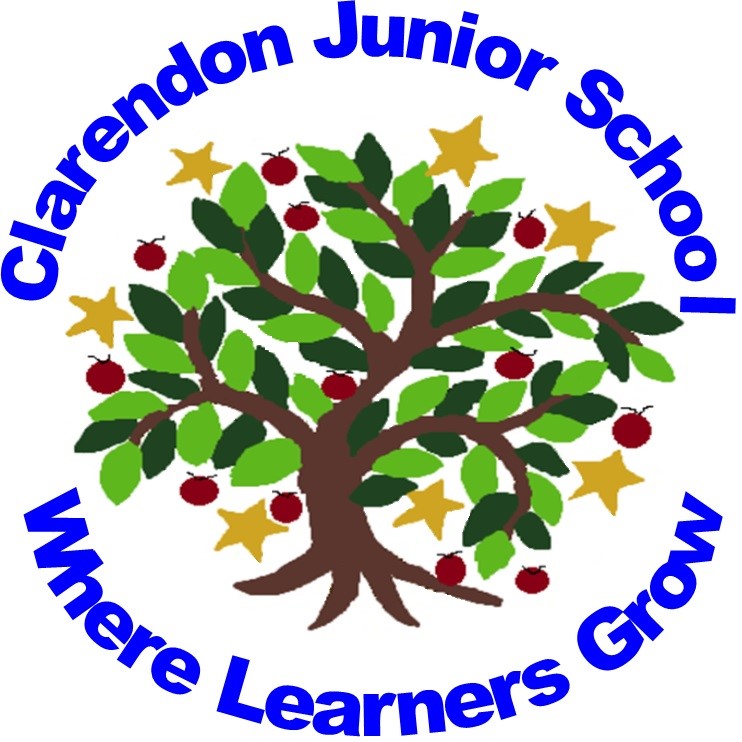Music
'Without music, life would be a mistake.'
Friedrich Nietzsche
Intent
At Clarendon Junior School, the intent in music is that children gain a firm understanding through listening, singing, playing, evaluating, and composing across a wide variety of historical periods, styles, traditions and musical genres.
This is embedded in classroom activities as well as a weekly Music Assembly. A piece of Music linked to our ‘Take One' Topic is discussed weekly which promotes interesting cross-curricular links which aims to excite and inspire pupils. In addition, we follow the ‘Charanga!’ Scheme of work to ensure coverage and progression is evident throughout the school.
Throughout their time at Clarendon, each child will be given the opportunity to learn a musical instrument ranging from recorders to Ukuleles; this supports each pupil’s ability to understand notation and to read music. We ensure every child can access a fulfilled Music Education and have introduced a whole school approach to learning Makaton which supports children to learn music through signs and symbols.
Moreover, a school choir is offered to all pupils to promote a passion for singing and to greater explore different harmonies and performance techniques.
Our overall aim at Clarendon Junior school is for every child to enjoy Music and to be provided with the skills and knowledge they need to continue to succeed within their future Music Education.
Implementation
Pupils at Clarendon Junior School participate in weekly music lessons. During these lessons the children learn to sing and play instruments. They also have an opportunity to develop an understanding of pulse, rhythm and notation. Charanga provides teachers throughout the school with week by week lessons which enables them to ensure that their lessons are engaging and exciting. The scheme ensures that there is clear progression as well as providing assessment tools and lesson plans with interactive whiteboard resources.
Each unit of work has an ongoing musical learning focus and a unit specific focus to enable previous musical skills to be embedded. Music lessons usually follow a specific learning sequence:
• Listen and Appraise
• Musical Activities (including pulse and rhythm)
• Singing and Voice
• Playing instruments
• Composition
• Perform and share
Impact
Our music curriculum is planned to demonstrate progression and build on and embed current skills. We measure the impact of our curriculum through the following methods:
· Pupil discussions and interviewing the pupils about their learning (pupil voice)
· Photo and video evidence of the pupils practical learning and performances
· Lesson observations
· Subject leader monitoring
Assessment data is collected using Insight Tracking which all stakeholders can access and used to monitor progress of learning.


Each week we explore a Listening Song that is linked to our Take One Theme; this leads to exciting discussions and a range of different genres being explored.
Look below at some examples of previous songs we have explored.


We were delighted to be awarded the 'The Don't Drop Music' award from Wilshire Music Connect for keeping music in the heart of the curriculum throughout and after the pandemic.


